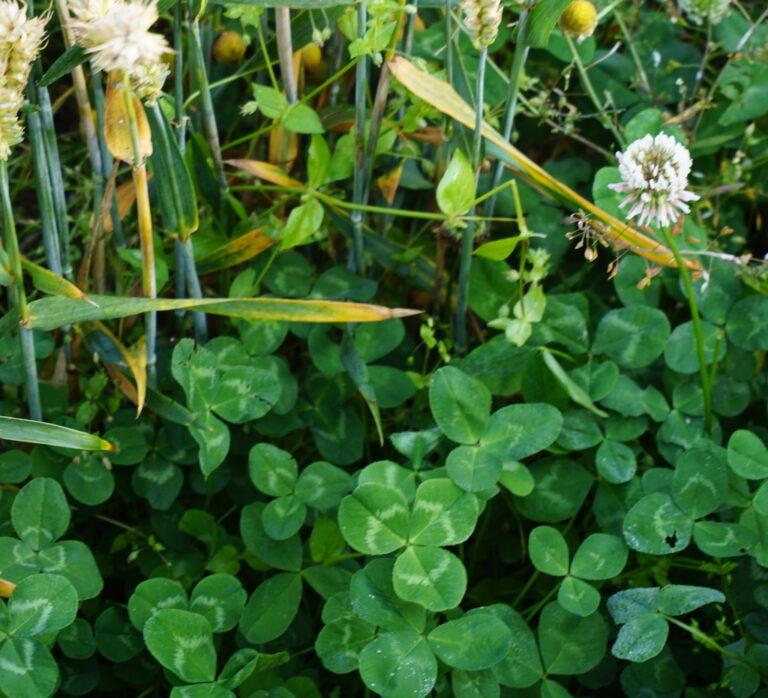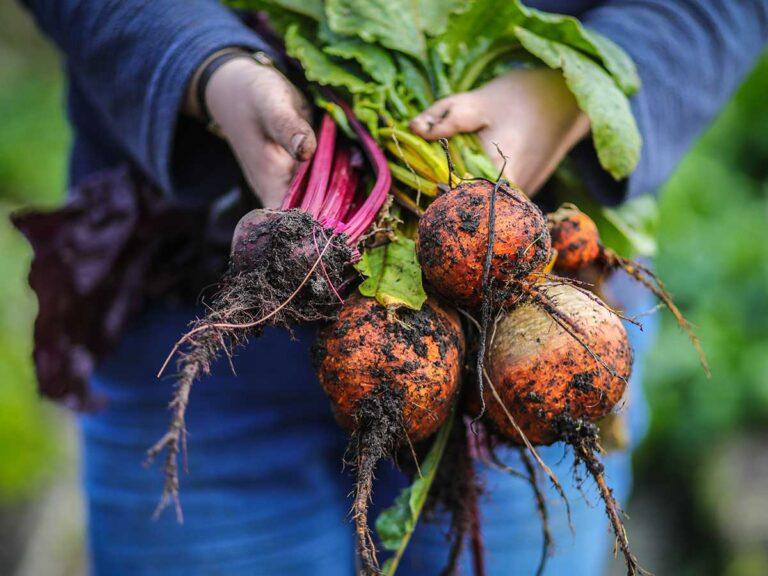
Pasture-based systems: key to sustainable beef finishing?
In the search for a solution that could satisfy high profitability and sustainable environmental performance, a recent study draws attention towards high input grazing and medium duration beef finishing systems.



